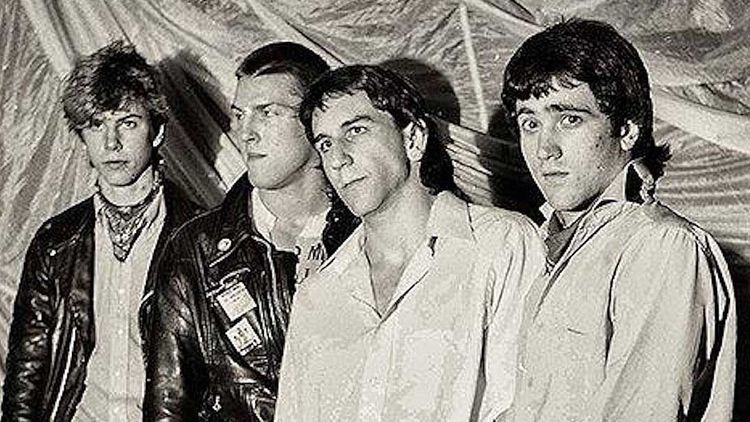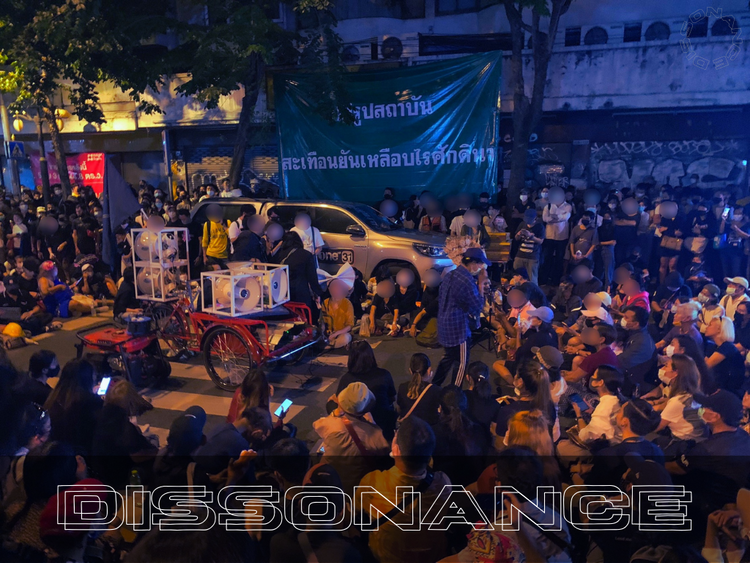The Marketing Orchestra: All About Sonic Branding

The Windows start-up sound. The McDonald’s “I’m Lovin’ It” whistle. Even the Discord notification sound. This is sonic branding: marketing’s fancy, yet often undetected, tool to worm their brand into the brains of consumers. The miniscule soundbites are carefully engineered to make consumers feel a certain set of emotions, and begin to associate those emotions with the larger brand experience.
In the 50s and 60s, brands wrote entire songs for their commercials, 30–60 second pieces with full verses and choruses. As commercials became shorter and shorter, brands switched to jingles: think “1-800, 588, 2300, Empire!” and “The snack that smiles back, Goldfish!” Host of the podcast “Brought to you by…” Dan Bobkoff in the “What does a brand sound like?” episode explained: “It’s only been since the 90s that this modern form of sonic branding” has been around.
Bobkoff continues: “In the modern world of audio branding, there are sonic logos and sonic brands.” Brand is the whole package, while the logo is the “distillation… the centerpiece.” Bobkoff goes as far as to say a successful sonic logo “triggers recognition like Pavlov’s dog.”
And a good sonic logo just does that: it places consumers in a favorable frame of mind for the brand’s niche. Hearing the start-up sound of the Playstation or Xbox places users in the gaming mindset before the content has even begun. The same goes for the Netflix sonic logo, played at the start of all Netflix-produced content.
Originally released in 2015, the Netflix sonic logo is lovingly referred to as the “Ta-dum.” Todd Yellin, VP of Product at Netflix, spoke on the “Twenty Thousand Hertz” podcast for the “Ta-dum! It’s Netflix” episode about the origin story of the sound.
It’s hard to put into words what a brand should sound like as a three second-clip. Yellin aimed for the “ta-dum” sound to make consumers think, “‘Wow, I’m about to get a treat. I’m about to get an amazing story that’s very relevant to me.’” He wanted something that “builds up tension and then releases it, just like a story does.” Lon Bender, sound designer of the project, saw another challenge: “it couldn’t be in any one genre, because there were dramas, comedies, romantic things, and action things.”
The “ta-dum” had to be just right, considering how many times it would be heard around the world by Netflix’s 208 million subscribers, as of Q2 2021. After exploring thousands of sounds, including one featuring a bleating goat, Yellin and Bender landed on their beloved “ta-dum.” The final piece is composed of the knock of Bender’s wedding ring on wood, a looped and reversed guitar strum, an anvil sound, and a few other percussive elements. Though the process took a year, the “ta-dum” has stayed constant even as the visual logo has evolved.
Sonic logos are just one way brands have become a little more omnipresent. What’s next, olfactory branding? Spoiler alert: branded scents have already been implemented in the “Seamless” signature fragrance of Hyatt hotels, in Rolls Royce’s special “new car” aroma and via an engineered “Whopper” essence pumped through the ventilation ducts of Burger Kings.
Brands have found innovative and theoretically invasive ways to imbed their products in the minds of consumers. Even something as seemingly inconspicuous as a short audio clip could have a year’s worth of orchestration behind it. An impressive marketing feat or frightening psychology trick, you decide.
This piece was originally published on Oct. 13, 2021 in Horizons Newspaper, the student-run publication from the Embry-Riddle Aeronautical University's Prescott campus.




